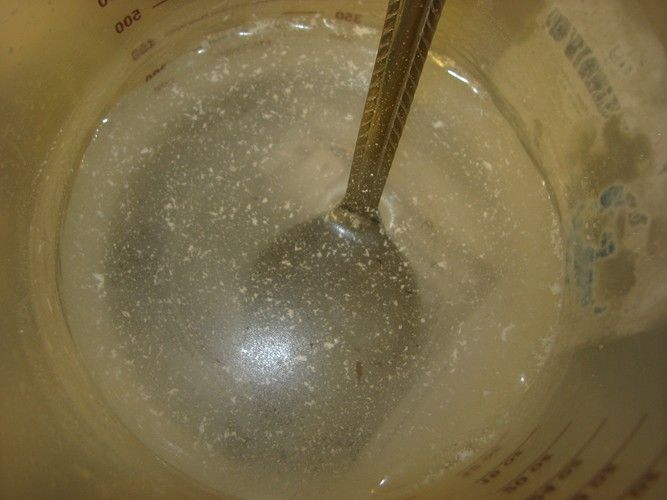ocean_soul
Well-Known Member
What the heck? 
So I'm making a soap using the milk in oil method. Dissolving my lye in my water is surprisingly easy, last time I tried using only half my liquid to dissolve my lye in it took forever for the lye to finally dissolve. Anywho. All is going well until I stick my pitcher in a cold water bath then immediately I started getting opaque white globs. They don't float just on the surface either, but seem to be suspended throughout my solution (but there doesn't seem to be any actual crystals at the bottom).
Any guessing as to what this could be? Is it safe for me to continue?

So I'm making a soap using the milk in oil method. Dissolving my lye in my water is surprisingly easy, last time I tried using only half my liquid to dissolve my lye in it took forever for the lye to finally dissolve. Anywho. All is going well until I stick my pitcher in a cold water bath then immediately I started getting opaque white globs. They don't float just on the surface either, but seem to be suspended throughout my solution (but there doesn't seem to be any actual crystals at the bottom).
Any guessing as to what this could be? Is it safe for me to continue?





